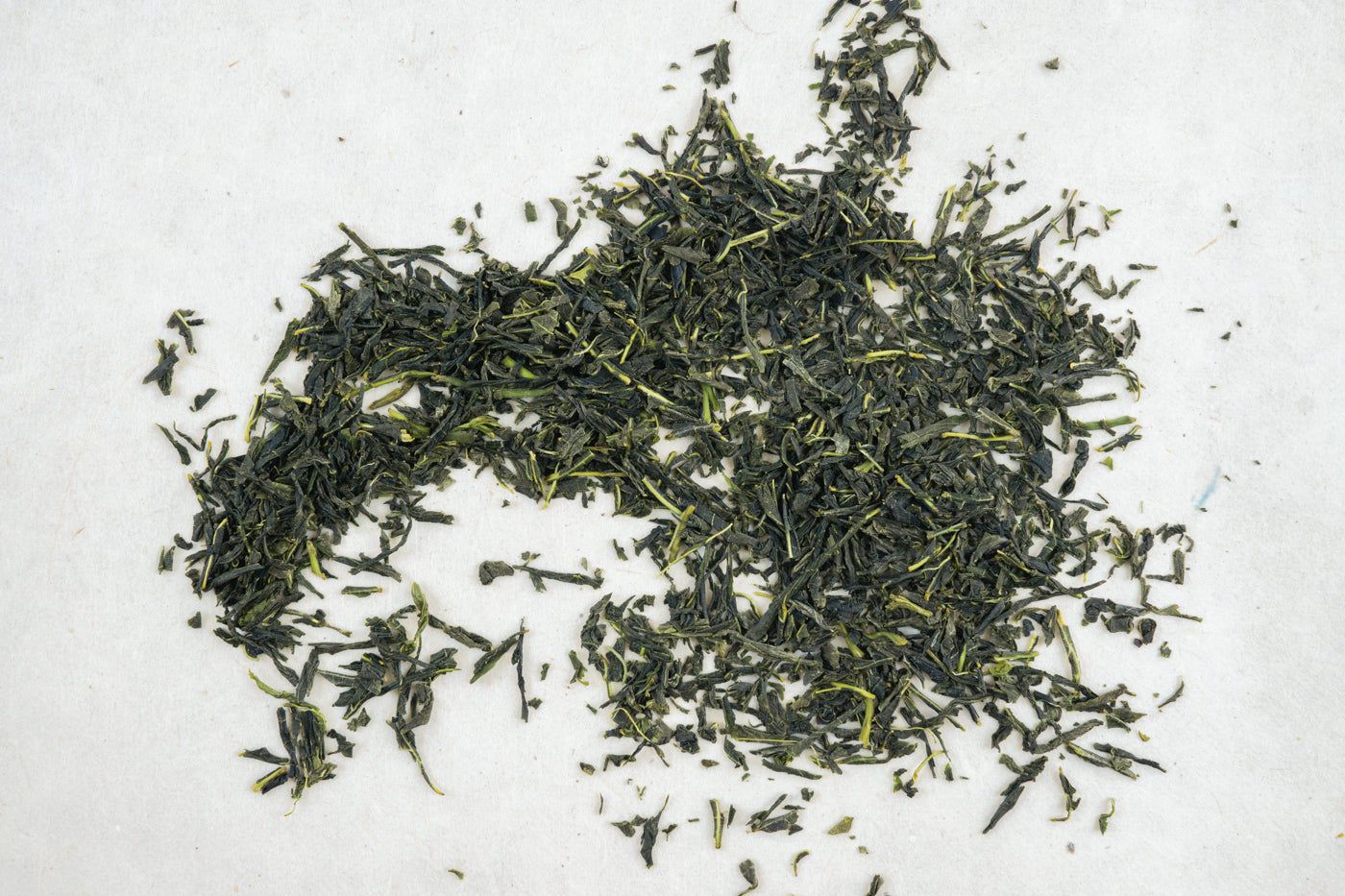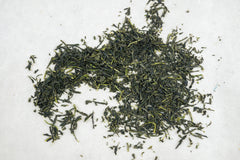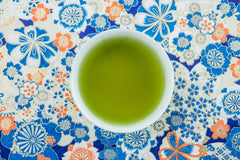Your cart is empty.




» Share on Facebook » Share on Twitter
Smooth texture with vegetal notes of kelp and gyokuro, this caffeine-free herbal tea is uncannily similar to steamed Japanese green teas.
Notes of seaweed, grass, and deep-steamed, fresh sencha.
The deep-steamed Mulberry leaves (kuwacha) are uncannily similar to a traditional Japanese green tea like sencha or gyokuro. This uncommon tea is naturally caffeine-free and brews with a silky, vegetal profile. Like a fine Japanese green tea, it has oceanic elements with a smooth, mouthwatering umami texture.
By look, smell, or texture, Mulberry is similar to a traditional Japanese green tea like sencha or gyokuro. These pesticide-free mulberry leaves grown in the coastal Miyagi prefecture in Japan, and are prepared in a similar deep-steamed fashion to high quality green teas, achieving a beautiful and rich infusion. It’s clear that the coastal environmental qualities are present in this tea.
It’s very interesting to me how the sencha preparation technique can alter the mulberry leaf. Other mulberry leaf teas we’ve tried from Thailand and China do not have the unique characters of this mulberry tea. This mulberry leaf tea is a great example of how, given similar plant species, preparation technique and local terroir can affect the final product of tea, even an herbal tea.
In Japan, mulberry tea is becoming popular as a delicious alternative to traditional green tea. In addition to these small, dark green, whole leaves, a powdered version of mulberry leaf can be used in place of matcha.
Brew this tea like a sturdy sencha, but use warmer water, around 200 degrees. Use a medium infusion at the beginning, around 45 seconds, followed by 2 minute infusions, or longer. This tea will not become astringent, but longer infusions will bring out more and more umami flavor. The trick is to not overdo that buttery umami texture. This is a fun tea to experiment with.
